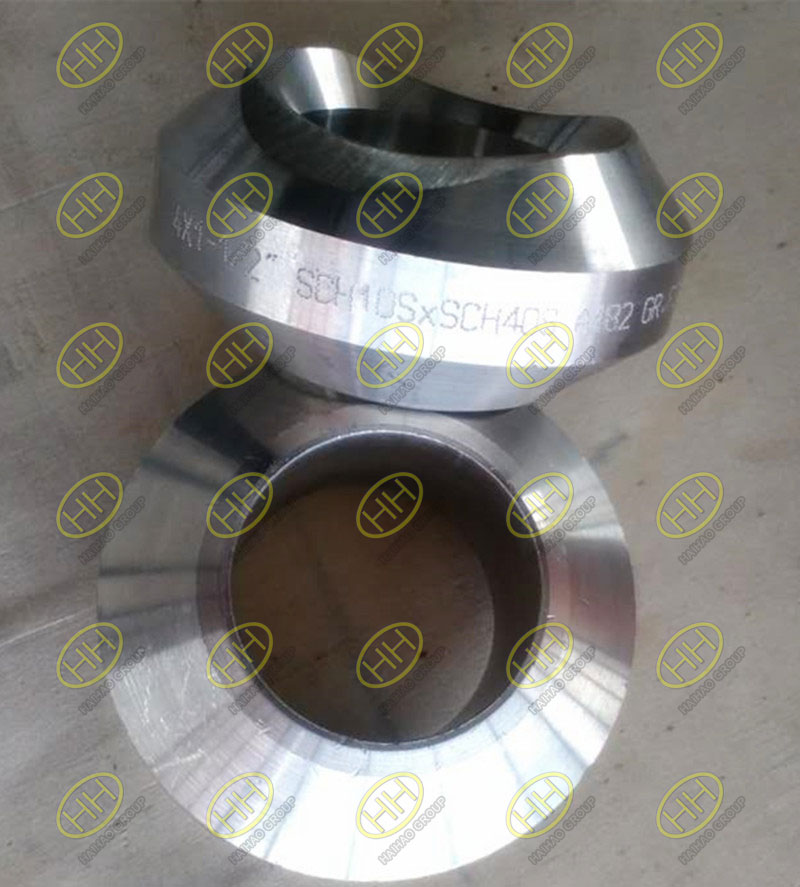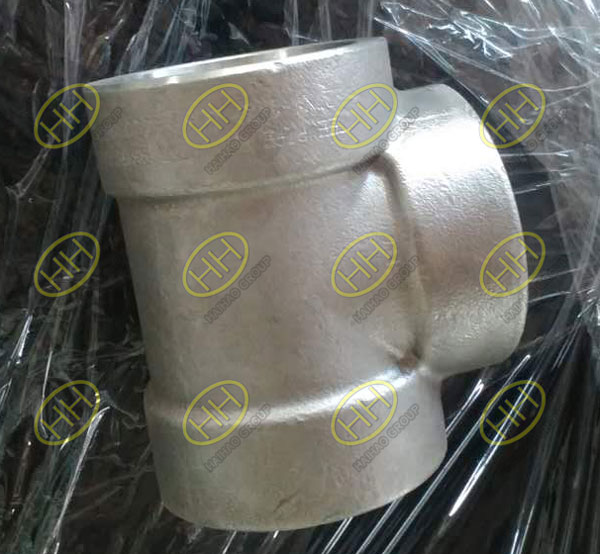Cause of distortion in forging after heat treatment
After annealing, normalizing, quenching, tempering and surface modification heat treatment, the forging may produce thermal treatment distortion.
The root cause of the distortion is the internal stress of the forging during heat treatment, that is, the internal stress of the forging after heat treatment remains due to the difference in temperature between inside and outside and the difference in structure transformation.
When this stress exceeds the yield point of the steel at a certain moment during the heat treatment, it will cause distortion of the forging.
The internal stress produced in the process of heat treatment includes thermal stress and phase change stress.
1.The thermal stress
When the forging is heated and cooled, it is accompanied by the phenomenon of thermal expansion and cold contraction. When the surface and core of the forging are heated or cooled at different speeds, resulting in temperature difference, the expansion or contraction of the volume is also different from that of the surface and core. The internal stress caused by the different volume changes due to temperature difference is called thermal stress.
In the process of heat treatment, the thermal stress of the forging is mainly manifested as: when the forging is heated, the surface temperature rises faster than the core, the surface temperature is high and expands, the core temperature is low and does not expand, at this time the surface compression stress and the core tension stress.
After diathermy, the core temperature rises and the forging expands. At this point, the forging shows volume expansion.
Workpiece cooling, the surface cooling faster than the core, surface shrinkage, high temperature of the heart to prevent shrinkage, tensile stress on the surface, the heart produces compressive stress, when cooled to a certain temperature, the surface have chilled no longer contract, and the core cooling to occur due to the continued contraction, the surface is compressive stress, while the heart of tensile stress, the stress at the end of the cooling still exist within the forgings and referred to as the residual stress.
2.Phase change stress
In the process of heat treatment, the mass and volume of forgings must change because the mass and volume of different structures are different.
Because of the temperature difference between the surface and the core of the forging, the tissue transformation between the surface and the core is not timely, so the internal stress will be generated when the internal and external mass and volume change is different.
This kind of internal stress caused by the difference of tissue transformation is called phase change stress.
The mass volumes of the basic structures in steel are increased in the order of austenitic, pearlite, sostenitic, troostite, hypobainite, tempered martensite and martensite.
For example, when the forging is quenched and quickly cooled, the surface layer is transformed from austenite to martensite and the volume is expanded, but the heart is still in the austenite state, preventing the expansion of the surface layer. As a result, the heart of the forging is subjected to tensile stress, while the surface layer is subjected to compressive stress.
When it continues to cool, the surface temperature drops and it no longer expands, but the volume of the heart continues to swell as it changes to martensite, so it is prevented by the surface, so the heart is subjected to compressive stress, and the surface is subjected to tensile stress.
After cooling the knot, this stress will remain inside the forging and become residual stress.
Therefore, during the quenching and cooling process, the thermal stress and the phase change stress are opposite, and the two stresses that remain in the forging are also opposite.
The combined stress of thermal stress and phase change stress is called quenching internal stress.
When the residual internal stress in the forging exceeds the yield point of the steel, the workpiece will produce plastic deformation, resulting in the forging distortion.


